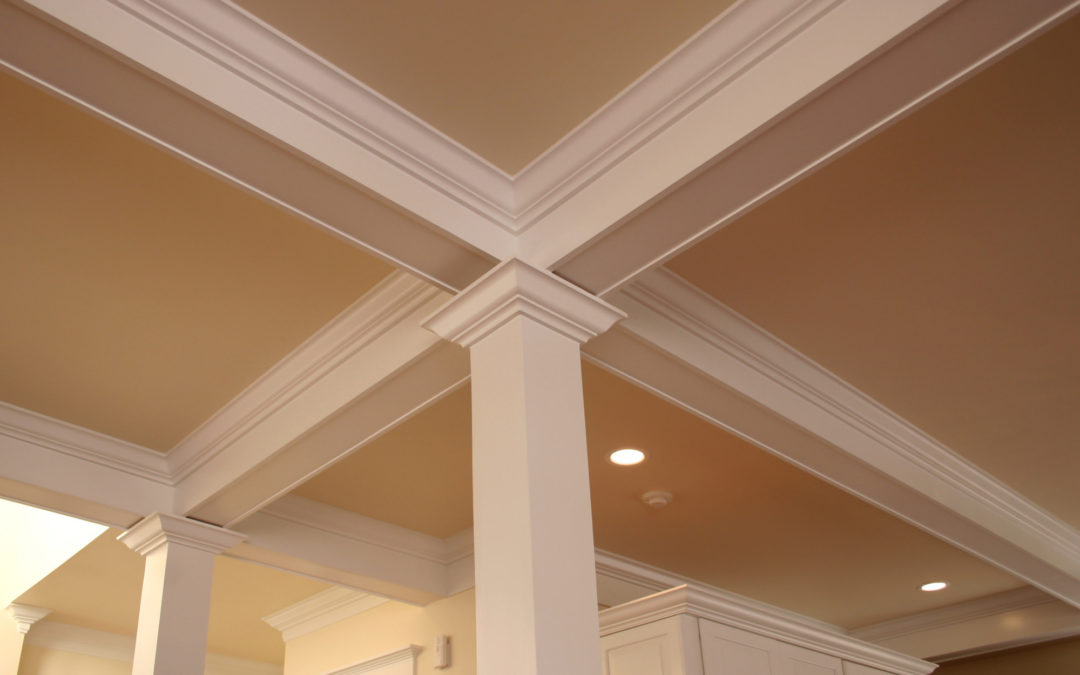Since the pandemic, home projects have soared. Nearly 73% of homeowners started a home improvement project during this period. If you don’t want to break the bank on home renovations, you may be interested in millwork moulding.
Moulding is a simple and affordable way to customize your home and increase its aesthetics. With so many options on the market, you have likely bypassed millwork. However, millwork moulding offers customizable and visually appealing pieces that can complement your home tremendously.
Are you interested in learning more? Join us as we dive into the benefits of millwork moulding and how you can get started with customized carpentry today!
What Is Moulding?
When talking about a home addition or project, you can’t neglect moulding. First, you may hear it by its other term: molding. Essentially, the term words mean the same thing, just a difference in spelling.
Moulding is more exclusively used by woodworkers or carpenters. It is a type of finish work or decorative recess that boosts your home’s aesthetics. You can think of it as “trim” that can work for:
- Framing doors
- Wall junctions
- Flooring
It is not an essential piece to a home remodel, but it adds a flair for customization and decoration that can improve your home’s value.
Moulding Types
When deciding on your moulding type, it is helpful if you know some of your options out there. Here are a few of the more popular moulding options:
- Casing
- Baseboard trims
- Crown
- Chair railing
- Cove
- Dental
- Batten
- Millwork
Arguably, one of the most popular types of moulding is crown moulding. Crown moulding can be used in any type of room and travels back to Ancient Greek times. While older materials were not as sustainable, modern woodworkers often use foam, flexible polyurethane, or lightweight plaster.
While this project you could DIY, it helps to have a professional on board. They can help with material choices, fit, and installation. Ultimately, moulding affects how a room looks, and if you misjudge sizes, ceiling height, or existing trim, it could have the opposite result intended.
However, crown moulding is not ideal for every room. If you want a modernized look, crown moulding may not be your top choice. Additionally, elaborate ornamentation can also make your home seem more dated if it is not used in the right context.
What Is Millwork Moulding?
Millwork is a simple term that means it was a material created in a factory or mill. In fact, millwork includes more than moulding. It also encompasses:
- Doors
- Shelving
- Stair trims
- Mantels
And rest assured, you can use millwork for decorative trims as you would crown moulding or other moulding patterns. Here are some of the benefits of using customized millwork for your next moulding projects:
- Aesthetics
- Balance
- Proportion
Essentially, millwork includes any of the types of moulding listed above as it is more of a technique and art form than anything. It is produced in a mill or factory and is best installed by professionals.
Does Millwork Only Include Wood?
One question that arises with millwork and carpentry is, does it only include a specific wood type? Wood and millwork are hand-in-hand. They are finished pieces that need little modification once brought into your home for installation.
You can find several examples of millwork in your homes, such as the bathroom or kitchen cabinets. However, while it used to be that millwork was solely limited to wood home building, it has expanded in recent years.
More products use synthetic materials for lighter weight, easier installation, and durability. Now, millwork encompasses any combination of synthetic materials and wood.
Is Millwork Moulding Worth It?
Millwork moulding can transform your home and add character to otherwise bland rooms. You can pick from several moulding patterns, sizes, and textures. This guide won’t dive into all the specifics, but with millwork, you can transform pieces of your house like your stairs or doorways.
Even small, thin trims along the wall add further dimension and proportion to plain rooms. Before debating if you should add millwork, Here diving into moulding applications and home building projects, here are a few factors to consider:
- Do you need any permits?
- Do you need a contractor?
- What is your budget?
- Do you have materials in mind?
- Where do you want to add millwork moulding?
First, look at your space. Do you have vaulted ceilings with enough room for moulding? You can also ask friends or family about what your house lacks from an aesthetic standpoint.
Qualified contractors can help you determine some of the finer points, but it helps to have a general idea of what you want before diving in. Lastly, since moulding does not support the structure of your home, you shouldn’t need any permits unless you combine it with other projects.
That doesn’t mean this is a project for the DIY-er. A contractor can ensure you achieve the vision you dreamed about.
Start Your Next Home Addition
Have you wondered how millwork moulding can transform your home? If you lack trim, depth, or balance in your home, customized moulding could be your answer.
The benefit of millwork moulding is it is highly flexible and useful for more than simple wall trims. Try using it around doors or stairs for improved visual appeal.
A home addition such as moulding is cost-friendly and doesn’t require structural changes. It makes it a great project to start this summer. Higgason Homes specializes in various home additions, bathroom and kitchen makeover projects, and much more. Contact us today to get started!
